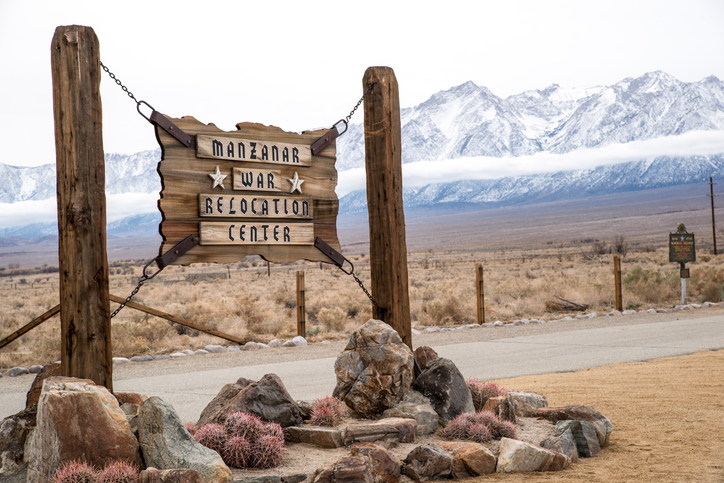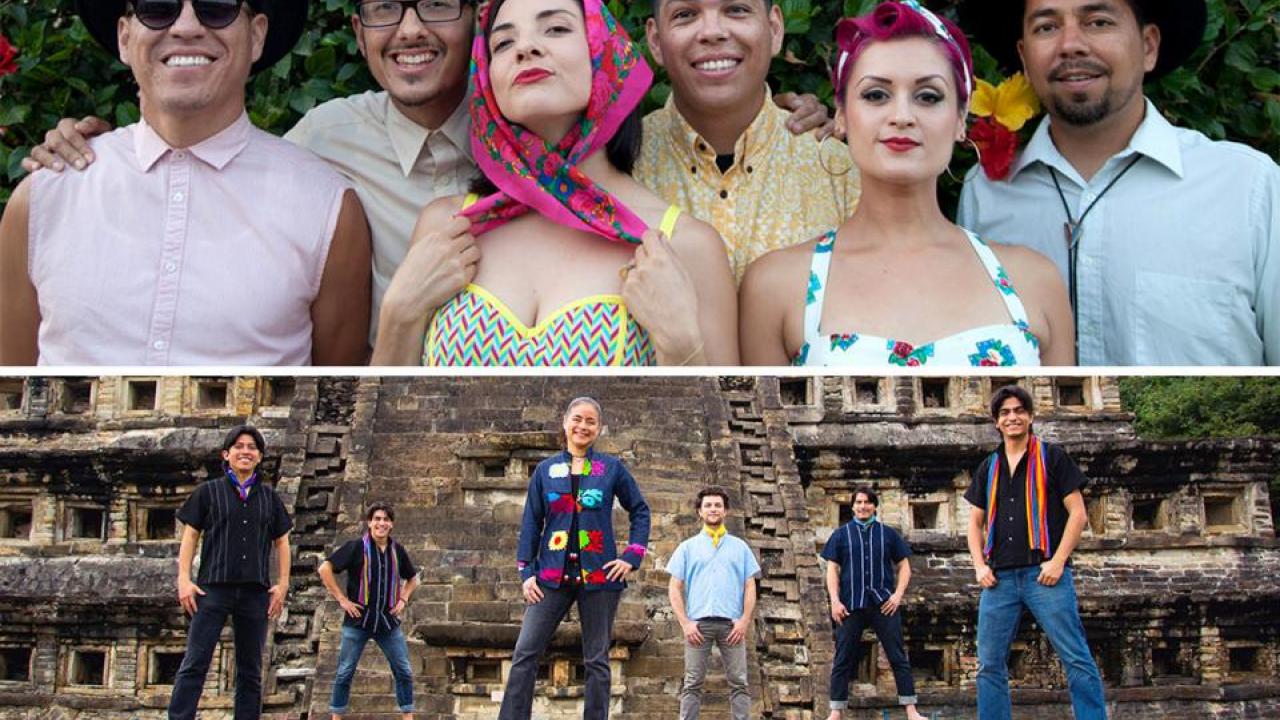There's plenty to do in and around UC Davis this weekend, and some events are free.
Las Cafeteras and Villalobos Brothers, and cello, tonight
Las Cafeteras, the “uniquely Angeleno mishmash of punk, hip hop, beat music, cumbia and rock,” (Los Angeles Times) are remixing roots music and telling modern-day stories. The Villalobos Brothers masterfully blend the richness of Mexican folk music with the intricate harmonies of jazz and classical. Tickets and information for the 8 p.m. performance at the Mondavi Center are available here.
Across campus at the Pitzer on Friday night, cellist Rhonda Rider, artist in resident at Grand Canyon National Park in 2010, will perform canyon-inspired music at the Pitzer. Details in a blog published earlier this week here.
Also at the Mondavi, on Sunday, there is a free showing at 2 p.m. of “The Cut,” a film that follows the journey of a father’s search through several continents for his two daughters after they are separated during the 1915 Armenian genocide. Following the film is a Q&A session with Keith David Watenpaugh, director of Human Rights Studies in the College of Letters and Science.
Manetti Shrem grand opening for winter exhibition is Sunday afternoon
The Jan Shrem and Maria Manetti Shrem Museum of Art at UC Davis opens its 2019 season with a new exhibition, Xicanx Futurity, with an opening celebration Sunday, Jan. 27 at 2 p.m.
At 2:30 p.m., all six artists Xicana exhibitors will participate in a conversation moderated by Carlos Jackson, chair and associate professor, Department of Chicana/o Studies.
The exhibition goes through May 5. Additionally, due to popular demand, Bruce Nauman: Blue and Yellow Corridor, the fall exhibition, has been extended through April 14. The Manetti Shrem is always free.
For more information, including the meaning behind the name of the exhibition, go to the full story here.
Then They Came For Me at Presidio now through May
In this age of immigrant incarceration comes a story from the past: an exhibition in San Francisco on the Japanese Internment camps. Then They Came for Me: Incarceration of Japanese Americans During WWII and the Demise of Civil Liberties. The exhibition started Jan. 18 and runs through May 27 at Futures Without Violence, 100 Montgomery St., in the Presidio. The exhibition is free and open to the public.
A multimedia exhibition that includes film as well as work by American photographers Dorothea Lange and Ansel Adams, along with works by incarcerated Japanese American artists Toyo Miyatake and Miné Okubo, examines the period in U.S. history when the government imprisoned thousands of people of Japanese ancestry.
It is presented by the Jonathan Logan Family Foundation in partnership with the National Japanese American Historical Society and J-Sei.
The Internment
On Feb. 19, 1942, President Franklin D. Roosevelt signed Executive Order 9066, which set in motion the incarceration of all Americans of Japanese ancestry living on or near the West Coast. More than 75 years later, this dark chapter illuminates new challenges brought on by fear-mongering and racism at the highest levels of the U.S. government. The exhibition’s venue at San Francisco’s Presidio holds deep significance because in 1942 the military proclamations and Civilian Eviction Orders leading to the mass removal and incarceration were issued from the Presidio-based Western Defense Command.
Then They Came for Me presents this historical event from multiple perspectives. Drawing upon the powerful images uncovered from the National Archives for the book Un-American: The Incarceration of Japanese Americans During World War II by Chicago photo historians Richard Cahan and Michael Williams, the exhibition features works documenting the eviction of Japanese Americans from their homes and their lives in the incarceration camps. The exhibition also presents images of daily life in the camps by artists and inmates.
Free screenings of the film, “Then They Came for Us,” are held every Saturday and Sunday.
Additional details and programming information is here.
See a slide show of some of the exhibition photos.
Hours and visitor information.

Special event Sunday, Jan. 27
Korematsu Family Day: Reading of Fred Korematsu Speaks Up with co-authors Stan Yogi and Laura Atkins. Fred Korematsu challenged the mass incarceration of Japanese Americans during WWII when few others did. The story of his fight against discrimination explores the life of one courageous person who made the United States a fairer place for all Americans. It encourages all of us to speak up for justice. Learn how to share the story in schools with the Fred T. Korematsu Institute and participate in an interactive activity with illustrator Yutaka Houlette. Book sales and signing.
